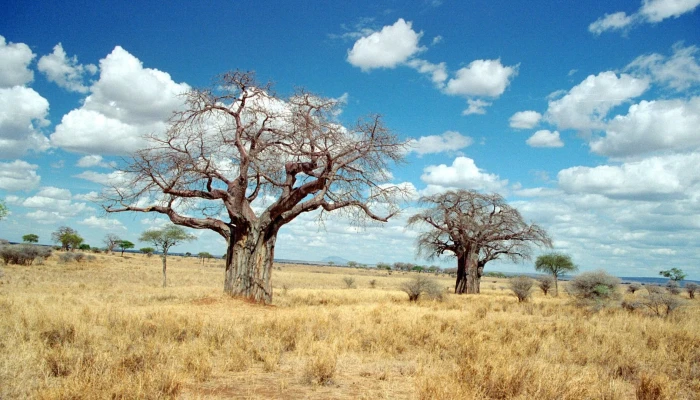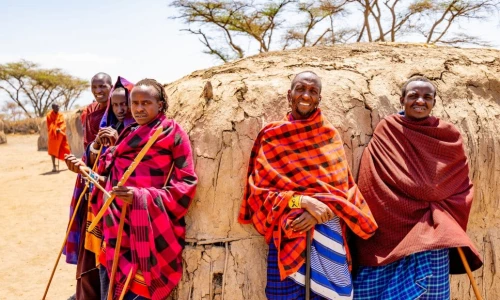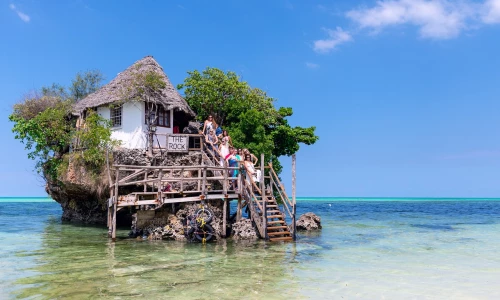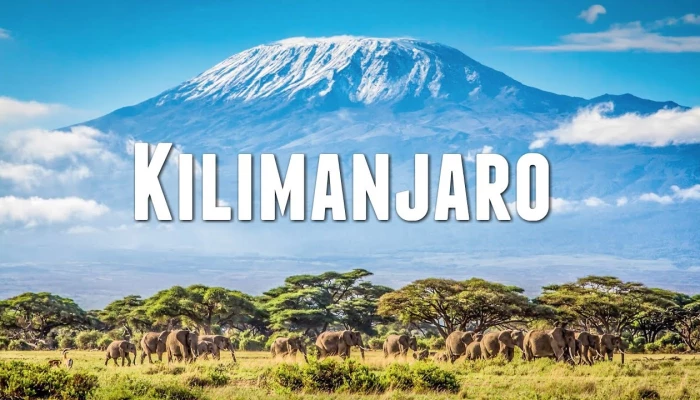Facts about the amazing baobab trees of the tarangire national park
Related Articles

Facts About the Amazing Baobab Trees of the Tarangire National Park;
Located in Northern Tanzania, Tarangire National Park, is renowned for its stunning landscapes and rich biodiversity. One of the park's mos…
Located in Northern Tanzania, Tarangire National Park, is renowned for its stunning landscapes and rich biodiversity. One of the park's mos…
Located in Northern Tanzania, Tarangire National Park, is renowned for its stunning landscapes and rich biodiversity. One of the park's most iconic features is the majestic baobab trees (Adansonia digitata). These unique trees notably known as the “trees of life” are not only striking in appearance but also play vital ecological, cultural, and economic roles in this diverse park. Baobab trees are not just a remarkable feature of Tarangire National Park; they embody the intersection of natural beauty, cultural heritage, and economic opportunity. Their presence enriches the park’s biodiversity, supports local traditions, and enhances the tourism experience, making them an essential component of the region's identity and ecological health. As such, they play a vital role in promoting sustainable tourism and conservation efforts in Tanzania due to their native ability to store water reaching approximately 100,000 liters.
Unique Features of These Amazing Baobab Trees;
- Distinctive Appearance: Baobab trees are characterized by their thick, bottle-shaped trunks and gnarled branches, which can resemble an upside-down tree. They can grow to be quite large, with some specimens being over a thousand years old.
- Longevity: Baobabs are among the oldest living trees on Earth, with some estimated to be over 6,000 years old. Their longevity makes them living monuments, providing a sense of history and continuity.
- Water Storage: The baobab's trunk can store large amounts of water, allowing it to survive in arid conditions. This feature is crucial during dry seasons when water is scarce. In Tarangire National Park these trees of life play a significant role as a water source for elephants and other wild animals as they dwell in water at their barks when the park undergoes a dry season with scarcity of water.
- Unique Ecosystem: The trees support diverse wildlife, including birds, bats, and insects that rely on them for food and habitat. The flowers, which bloom at night, attract pollinators such as fruit bats.
Significances concerning Tarangire National Park;
Baobab Trees in Tarangire National Park have both natural, cultural, and Economic significance as highlighted below;
Natural Significance;
- Biodiversity Hotspot: Baobabs contribute to the park's rich biodiversity, providing food, water, and shelter for various species. They play a crucial role in maintaining the ecological balance within the park.
- Habitat Creation: The presence of baobabs creates microhabitats, supporting various species that thrive in their shade and utilize their resources.
Cultural Significance;
- Symbol of Life: In many African cultures, baobab trees are seen as symbols of life and community. They are often associated with folklore and traditions, serving as gathering places for communities.
- Traditional Uses: The baobab tree has numerous uses, including:
- Fruit: The nutrient-rich baobab fruit is used in traditional medicine and culinary applications. It is rich in vitamin C and antioxidants.
- Leaves: The leaves can be consumed as vegetables or used to make herbal remedies.
- Bark: The bark is sometimes used to create ropes, mats, and other crafts.
Economic and Tourism Significance;
- Tourist Attraction: The unique beauty of baobab trees makes them a major draw for tourists visiting Tarangire National Park. Photographers and nature enthusiasts flock to the park to capture the stunning landscapes featuring these iconic trees.
- Cultural Experiences: Guided tours often include stories about the baobab's significance in local culture, providing visitors with a deeper understanding of the ecosystem and its inhabitants.
- Sustainable Practices: Promoting the baobab’s ecological and cultural importance can help foster sustainable tourism practices. This includes supporting local communities through responsible tourism initiatives that focus on conservation and education.
Afrima Luxury Travel
Luxury Safari Consultant Afrima Luxury Travel is a Tanzania Expert Safari company dedicated to sharing Tanzania's beauty and wonders with the world.
Was this article helpful?
25 out of 78 found this helpfulRelated Articles

Tanzania Culture Safaris

Zanzibar Beach Holidays

Mount Meru Tanzania

Tanzania Wildebeest Migration



